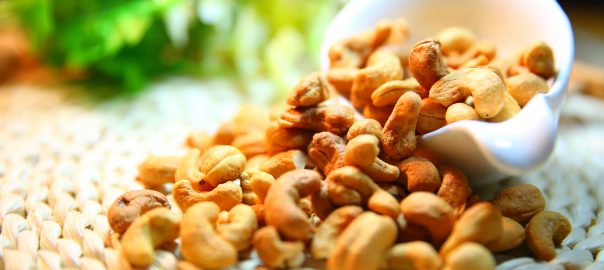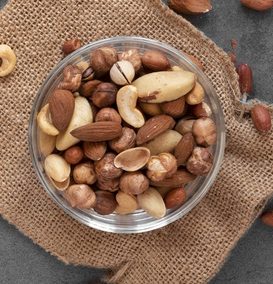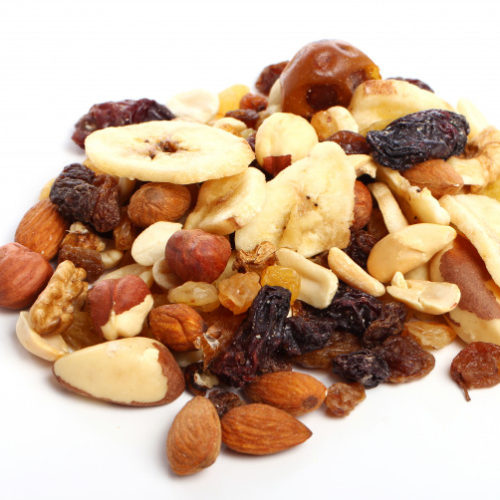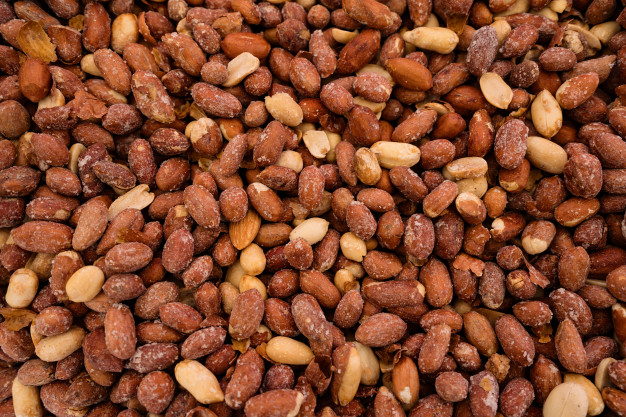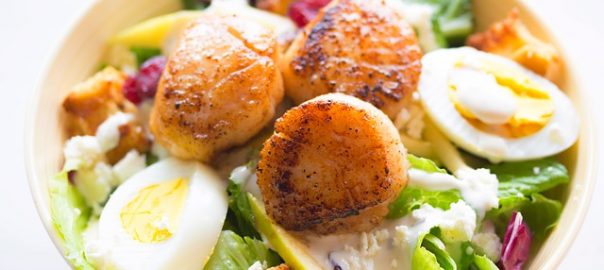Vitamin D3 Deficiency
Did you know that vitamin D3 is a super vitamin? Every cell in our body has a D3 receptor. In fact, it’s vitally important for our immune system to have sufficient amounts of Vitamin D3. Furthermore, depleted levels can lead to fatigue, bone pain, bone loss, hair loss, depression, and/or delayed healing.
Most of us don't tend to think about our vitamin D3 levels or how to support our bodies to get enough. But it's more critical than we think. Some of the contributing factors for vitamin D deficiency include: being darker-skinned, carrying excess weight, being elderly, not consuming a lot of cold water fatty fish, living further away from the equator (this means less exposure to the sun due to latitude), not spending much time outdoors, and using a lot of sunscreen. Side note: While it is important to use sunscreen, you should try to get 20 minutes per day of un-sunscreened exposure in order to absorb some Vitamin D3 naturally.
Vitamin D3 and Influenza
Respiratory ailments and influenza tend to be highest, in the colder season (Winter in the northern hemisphere, Summer in the southern hemisphere). These are the times of the year when most people have lower levels of vitamin D in their system. Either because they didn't have sufficient stores in their system to begin with or because they're at a latitude where they simply can't get enough exposure.
Over the years a number of studies have been done showing that increased Vitamin D3 levels are helpful to avoid or reduce symptoms of influenza. Results from one study shared, “Vitamin D deficiency predisposes children to respiratory infections. Ultraviolet radiation (either from artificial sources or from sunlight) reduces the incidence of viral respiratory infections, as does cod liver oil (which contains vitamin D). An interventional study showed that vitamin D reduces the incidence of respiratory infections in children. “
COVID-19 Infection
A new study, released in April 2020, now indicates that higher levels of vitamin D may also reduce the risk of infections and death due to COVID-19. The supplemental recommendation from the study is, “To reduce the risk of infection, it is recommended that people at risk of influenza and/or COVID-19 consider taking 10,000 IU/d of vitamin D3 for a few weeks to rapidly raise 25(OH)D concentrations, followed by 5000 IU/d. The goal should be to raise 25(OH)D concentrations above 40-60 ng/mL (100-150 nmol/L).”
It's important to understand that the numbers listed in this study are based on allopathic medicine. Functional medicine recommendations for Vitamin D3 are 50-75 ng/mL.
Making sure that you have adequate levels is definitely important for overall wellness. With this recent information, we can see that it’s even more critical to make sure your levels are where they need to be. Part of the challenge, however, is that it’s not a good idea to simply take high doses of Vitamin D without knowing what your levels are.
Testing your levels
When it comes to testing Vitamin D3 levels the best option is micronutrient testing. It looks at not only your Vitamin D3 levels, but also co-factors such as Vitamin K2, and Vitamin A. When doing micronutrient testing my preference is for intracellular (inside the cell) rather than serum levels as that gives a more accurate reading in terms of what the cells have available.
It is possible to test for Vitamin D3 without testing your other micronutrients. This can be done either through a blood draw at a doctor's office or laboratory draw station. Another option is to get a fingerstick test, this is one that can be purchased as an at home-testing kit. [To get a 20% off discount on this test you'll need to enter 2 coupons – GURU20 + VITAMIND. You must enter both coupons]
Increasing your vitamin D levels
While adding foods that are rich in vitamin D3 is always a good idea, it can be challenging to get enough through food alone. These foods include: cold-water fatty fish – salmon, sardines, tuna steak – milk (organic, whole), eggs (pastured), and shiitake or portobello mushrooms.
Other options for getting vitamin D are:
- Getting sunshine on a regular daily basis. This does mean getting outside with no sunscreen for at least 20 minutes per day (weather allowing). However, the amount that you can absorb in the colder months, when you need it most, is very limited due to the sun being lower on the horizon and the days being shorter.
- Adding cod liver oil to your diet. This is an excellent source of both Vitamin D3 and Vitamin A. The best option is raw, extra virgin. There is a theory that because we no longer regularly dose kids (and adults) with cod liver oil in the winter and we slather sunscreen on every time we are outdoors we have created a vitamin D3 deficient population.
- Adding supplemental vitamin D3. When choosing a Vitamin D to take it is important to get a high-quality supplement without negative-ingredient fillers. And it's important to note that we've been talking about Vitamin D3, cholecalciferol. This is the most bioavailable form and is more potent than Vitamin D2, ergocalciferol. Many people tend to rely on their multi-vitamin for the Vitamin D levels, not understanding that the form found in most vitamins is actually D2 unless they specifically state otherwise.
Summary
To wrap this all up in one nice neat little package here's what you really need to know:
- Test your Vitamin D3 levels to find out what they are
- Get outside and get some sunshine
- Boost your Vitamin D3 to at least 50 ng/mL
Affiliate statement: It is important for you to understand that some of the links on this site are affiliate links for which I may receive a small referral fee at no extra cost to you. While I may sometimes be asked to review a book, product, or service, my thoughts and opinions are my own. My promise to you is that I will only put links on this site that I believe in, feel I would support, or am willing to purchase or use personally. Full Affiliate Disclosure
SourcesCannell, J.J., et al. (2006). Epidemic influenza and vitamin D. Epidemiology and Infection, 134(6), 1129–1140. doi: 10.1017/S0950268806007175
Grant, W.B.; Lahore, H.; McDonnell, S.L.; Baggerly, C.A.; French, C.B.; Aliano, J.L.; Bhattoa, H.P. Evidence that Vitamin D Supplementation Could Reduce Risk of Influenza and COVID-19 Infections and Deaths. Nutrients 2020, 12, 988.




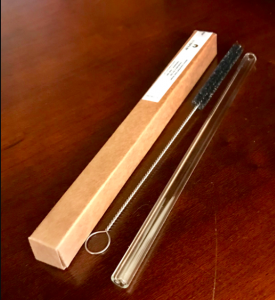
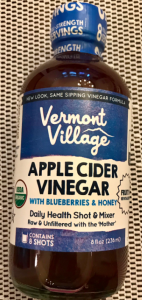
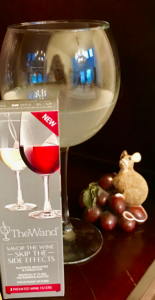
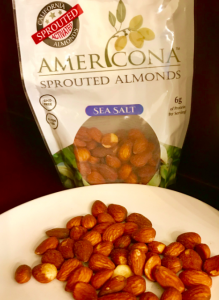
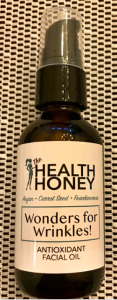
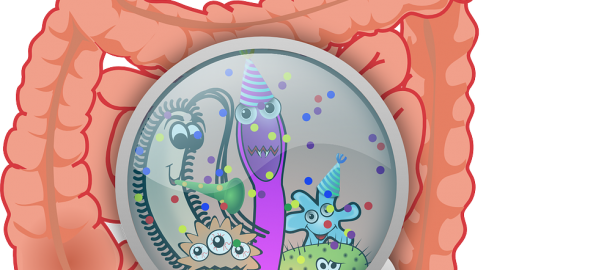
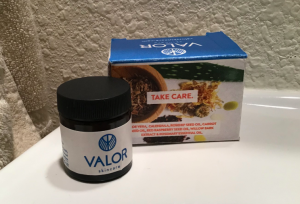 Valor Facial Lotion
Valor Facial Lotion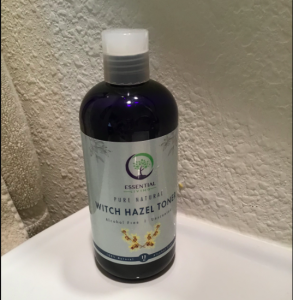
 Turkish Makeup Towels
Turkish Makeup Towels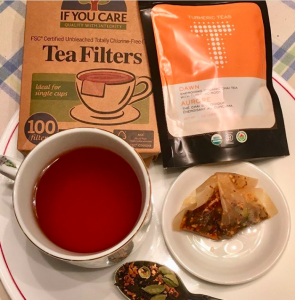
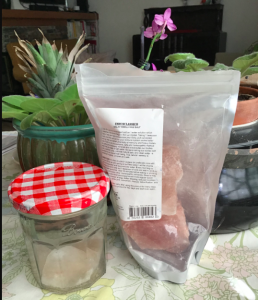 Himalayan Salt
Himalayan Salt 